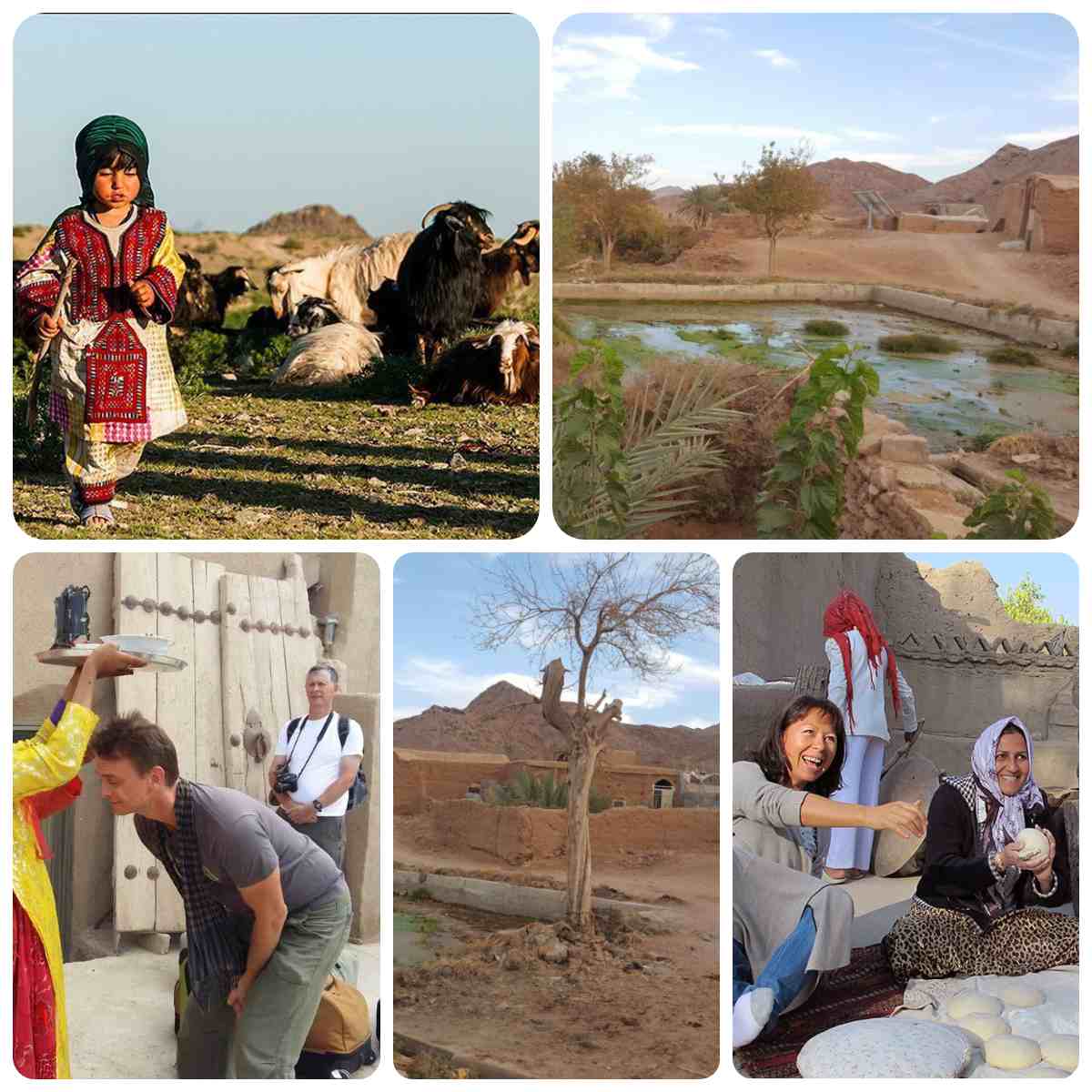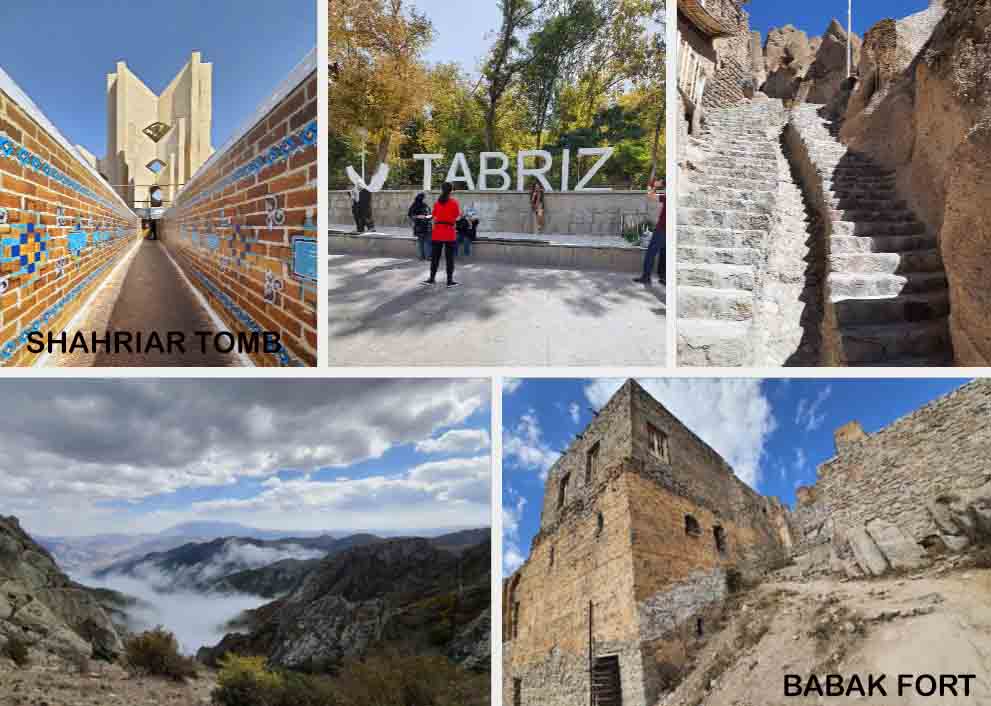Blog
What is Tourism?

World Tourism Organization (WTO) offers the following definition for tourism: “Tourism comprises the activities of persons travelling to and staying in places outside their usual environment for not more than one consecutive year for leisure, businesses and other purposes.”
According to this definition, tourism is a movement by people within their own country and or travel from one country to another one including holidays, visiting relatives or friends, education, health, religion, business trips or sport.
Rural Tourism is a variant of ecotourism focusing on activities participating in rural lifestyle, art, culture, heritage and involves rural experiences and contact nature. It is a small sector within the world market for tourism but it demands more care and attention to grow. A large part of tourism has been concentrated in the cities and on the coasts while rural tourism is the main key to develop tourism industry. It not only can bring economic, social and cultural benefits to rural regions but also increases the awareness among locals and visitors by sharing their cultural attitudes.
The International Ecotourism Society (TIES) defines ecotourism as “responsible travel to natural areas that conserves the environment and improves the well-being of local people.”
What is agri-tourism?
More precisely, according to National Agricultural Law Center definition, it’s a form of commercial enterprise that links agricultural production or processing with tourism in order to attract visitors, with a number of financial, educational and social benefits for tourists, producers and communities.
By rural areas, we mean those regions which are not covered by cities or large towns. Rural areas vary in character and include pre-urban areas around the cities, high mountain pastures, desertic areas, arid lands and grazing fields. Many rural areas have been losing population over long period of times and it is still continuing. In such areas, it is difficult to sustain the public services and local economy tends to be fragile, so young people tend to move away from the area. Farming is no longer the dominant sector and the role of farmers has been changed in many regions. Rural tourism can play a significant role in local economy and as a source of new activities and income for farmers and local people in rural and remote areas.
The development should involve all the sectors, government and private and the participation of local people living in the area and their commitment.
The people with their skills, the environment, the economy and ideas are four fundamental pillars of rural development which need to be kept in balance with each other. The more lively and active community will attract people to move into that area and keep them moving away.
However, there are dangers associated with tourism. They may cause more costs on public services such as increasing in land values or in the cost of houses, temptation to people to leave their traditional work in agricultural or other jobs, a clash of culture between local people and the visitors, pollution or over use of physical environment and non-renewable sources and congestion and crowding that affect the quality of life and privacy of local residents.
However, sustainable tourism is the key answer to the above threats as WTO offers the following definition of sustainable tourism: “Sustainable tourism development meets the needs of present tourists and host regions while protecting and enhancing opportunities for the future. It is envisaged as leading to management of all resources in such a way that economic, social and aesthetic needs can be fulfilled while maintaining cultural integrity, essential ecological processes, biological diversity and life support systems.”
As a summary, tourism will bring real benefit to the people when it is integrated with other aspects of rural life.
Rural tourism in Iran
There are many villages in Iran with a lot of natural attractions and scenic landscapes to explore and experience rural lifestyle. Iranian are well known as hospitable in the world and no doubt the villagers are more hospitable and eager to welcome travelers from across the world.
Zino Expedition is honored to introduce you many adventure tours through rural regions offering mountain trekking, hiking, desert trekking, climbing and biking activities for international travelers.
A fabulous trip to East Azerbaijan

I started my trip on Thursday night 23rd September 2021 by train to Tabriz, the capital of East Azerbaijan, in north west of Iran.
I chose train as recently Iran trans-railway was registered in UNESCO WORLD HERITAGE SITE. It is really comfortable and good option during Covid 19 pandemic. It is good to know that they use 50% of capacity of each wagon during Corona epidemy. It means that in a 4-seat car, they only put 2 passengers and in a 6-seat car, they only put 3 passengers.
One of the most gorgeous aspects of this journey is Babak fort.
I got a sharing taxi from Tabriz towards Kaleybar, a small village in East Azerbaijan, in the woods near a mountain which comprises a fortress. We passed by many towns and cities. Kaleybar is where the battle took place between the armies of caliphate and Babak’s forces. Kaleybar was the stronghold of Babak Khorramdin. The inhabitants are Turks or Mongols and follow the rite of Schafey.
The reason of my trip was visiting Babak fort, also called Babak Castle and locally known as Qale Babak. It is an old stone fort lies on top of a mountain at an altitude of 2,300- 2,600 meters and it is believed to belong to the Parthian Empire (from 247 BC to 224 AD) and later was modified under Sasanid Dynasty (224-651). The fort named after Babak Khorramdin, the leader of Khurramites who resisted Arab invaders until his death in 838 CE.
A very fantastic trekking towards Babak fort. It takes about 2 hours to trek to the castle. There are two ways to get there; one through forest and the other via a long series of broken steps and trekking the hills. In every passage you have a new window to the amazing nature of Arasbaran forest and scenic views of Arasbaran mountains in East Azerbaijan.
Arasbaran, also known as Qaradagh, is a large mountainous biosphere reserve situated in the north of Iran, covering mountains with jagged cliffs up to 2,200 meters and contains semi-arid steppes, high meadows, oak forests, rivers and springs. So, it is the home of about 23,000 nomads who are living in buffer zones. In antiquity, this area was inhabited by the Alarodians and Caspian tribes. Later, it was alternately part of the Medes and Persia. Economic activities in Arasbaran biosphere reserve are mainly agriculture, animal husbandry, horticulture, apiculture, handicrafts and tourism.
I continued my way toward the fort and every moment my enthusiasm was growing to get to the top and watch the glory of Iran. In each turn, you will be amazed by breathtaking panorama of mountains and forests. I was wonder when I saw the masonry castle on top of a sole mountain via the stone steps and more wondered about its architecture. I was proud of my country and our nation when I was on the top of the fort. I met 2 families there having breakfast and received me with a warm welcome and invited me for a local breakfast. A pleasant weather and friendly people made all my day nice and unforgettable specifically in the best place, Babak Fort.
The most desirable time to experience the amazing Arasbaran region ranges from mid-April to mid-October.
Haft Seen
Haft-Sin is an ancient tradition including arrangement of seven symbolic items which each one starts with the letter “س” pronounces “Seen” for celebrating “Now Rouz”. “Now Rouz” is the New Year’s holidays of Iranian starting from 21st March and goes on for 13 days. These seven items have been selected to symbolize a fact. However, there are some other items along with Haft-Seen which don’t start with seen but symbolize some other facts.

Haft-Sin
- Sabzeh (Sprouts) symbolizes rebirth. Wheat, barely, lentils and cress can sprout.
- Seeb (Apple) represents health and fertility.
- Serkeh (Vinegar) is the symbol of patience and immortality.
- Sumac symbolizes love and compassionate.
- Senjed (silverberry) is considered as simulator of love and affection.
- Samanu is a nutrition pudding symbolizes affluence. for making this tasty delight, wheat sprouts will be cooked for many hours until a brown and sweet pudding will be made.
- Sir (garlic) is a symbol of protection as was traditionally supposed to avert evil.
- Mirror, candles, clocks, coins, colored eggs, hyacinths and gold fish are the other elements used to adorn our Haft-Seen table.
